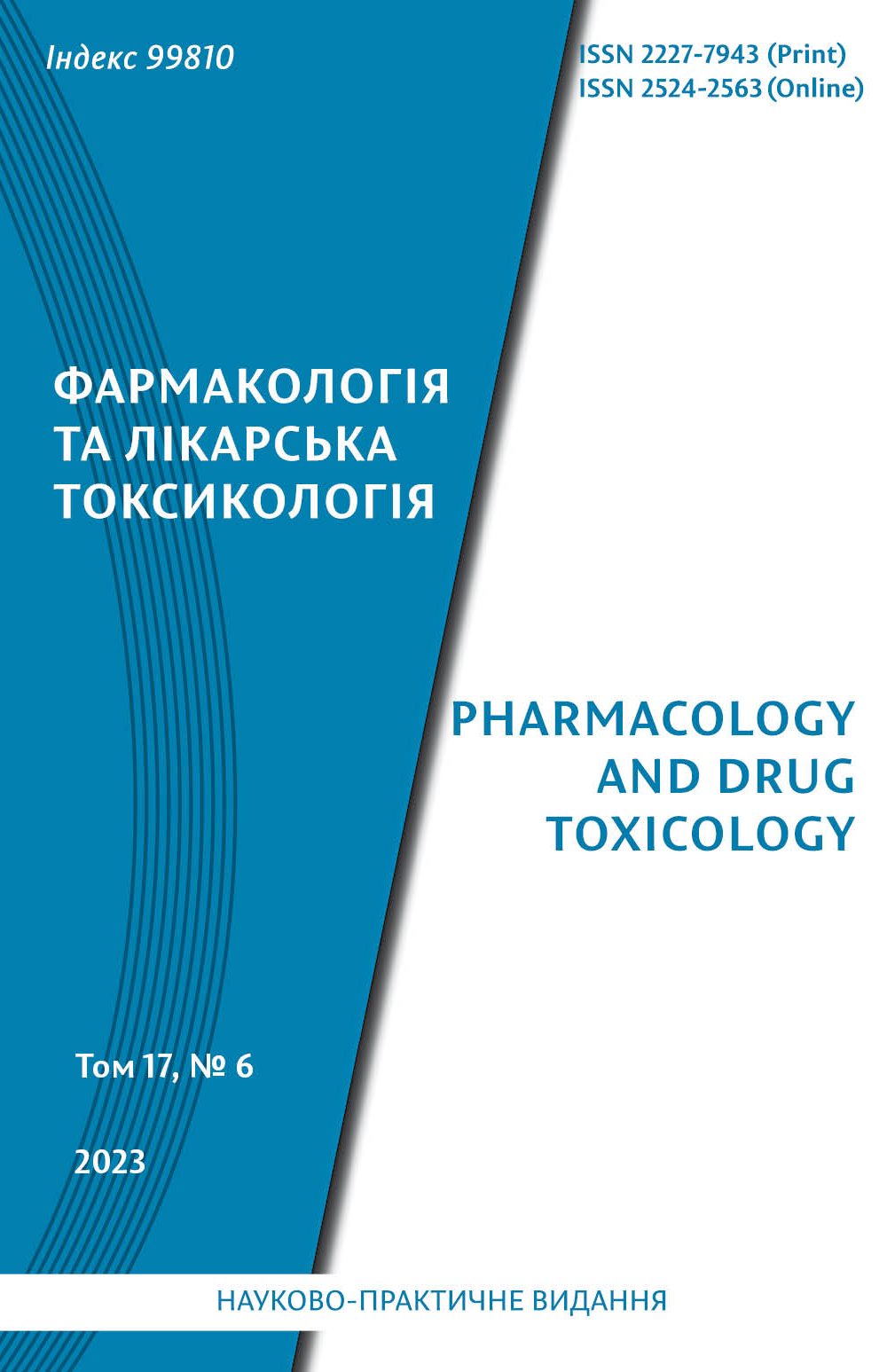Abstract
In recent years, there has been growing recognition of a systemic inflammatory response marked by the
emergence of oxidative-nitrosative stress, considered a common factor in the pathogenesis of somatic complications associated with post-traumatic stress disorder (PTSD) and surgical trauma.
The aim of the study is to investigate the impact of ammonium pyrrolidinium dithiocarbamate, an NF-κB activation inhibitor, and sulforaphane, an Nrf2/ARE signaling system inducer, on oxidative-nitrosative stress indicators in small intestine homogenates of rats. The test animals were exposed to surgical trauma (laparotomy) following the replication of an experimental model of PTSD known as a single prolonged stress.
The study involved 28 white male Wistar rats divided into four groups: Group 1 comprised intact animals (control I), while animals in the other groups underwent laparotomy after being exposed to a single prolonged stress for seven days. These animals were then subjected to daily intraperitoneal administrations with 1 ml of isotonic chloride solution sodium (placebo, control II), as well as solutions of ammonium pyrrolidine dithiocarbamate (III) and sulforaphane (IV) in doses of 76 mg/kg and 10 mg/kg, respectively.
The results have demonstrated that administration of ammonium pyrrolidinium dithiocarbamate and sulforaphane significantly reduced the total NOS activity in the small intestine homogenate by 40.5 and 55.7%, and iNOS activity by 44.4 and 58.1% compared to the corresponding values in control II. Ammonium pyrrolidinium dithiocarbamate increased cNOS activity by 2.42 times compared to control II, whereas sulforaphane did not significantly affect this indicator. At the same time, the cNOS coupling index signifi- cantly exceeded the results in control II both when ammonium pyrrolidinium dithiocarbamate was administered (3.9-fold) and sulforaphane (2.4-fold). The concentration of peroxynitrite under these conditions decreased by 29.9 and 30.8%, respectively.
The ability of ammonium pyrrolidinium dithiocarbamate and sulforaphane to limit oxidative and nitrosative stress in the tissues of small intestine under the described experimental conditions indicates the feasibility of further investigation of NF-κB and Nrf2 signaling pathways modulators as a means for preventing complications of surgical interventions in patients with PTSD.
